1,570 days, 2,407 entries ...
Newsticker, link list, time machine: HOLO.mg/stream logs emerging trajectories in art, science, technology, and culture––every day
“The room itself comes close to feeling like an instrument that is being played in real-time, one that sounds better the more bodies there are in the space to absorb its waves.”
Presenting physics-informed work-in-progress, Carsten Nicolai’s HYbr:ID opens at the Museum of Contemporary Art of Rome (MACRO). A listening lounge featuring a sound piece that “oscillates between more stylized, dilated rhythms and dreamy atmospheres generated by low frequencies” inspired by Hermann Minkowski’s 1908 model of spacetime takes centre stage. Also presented are related drawings and graphics in which the German artist pushes the limits of musical notation.
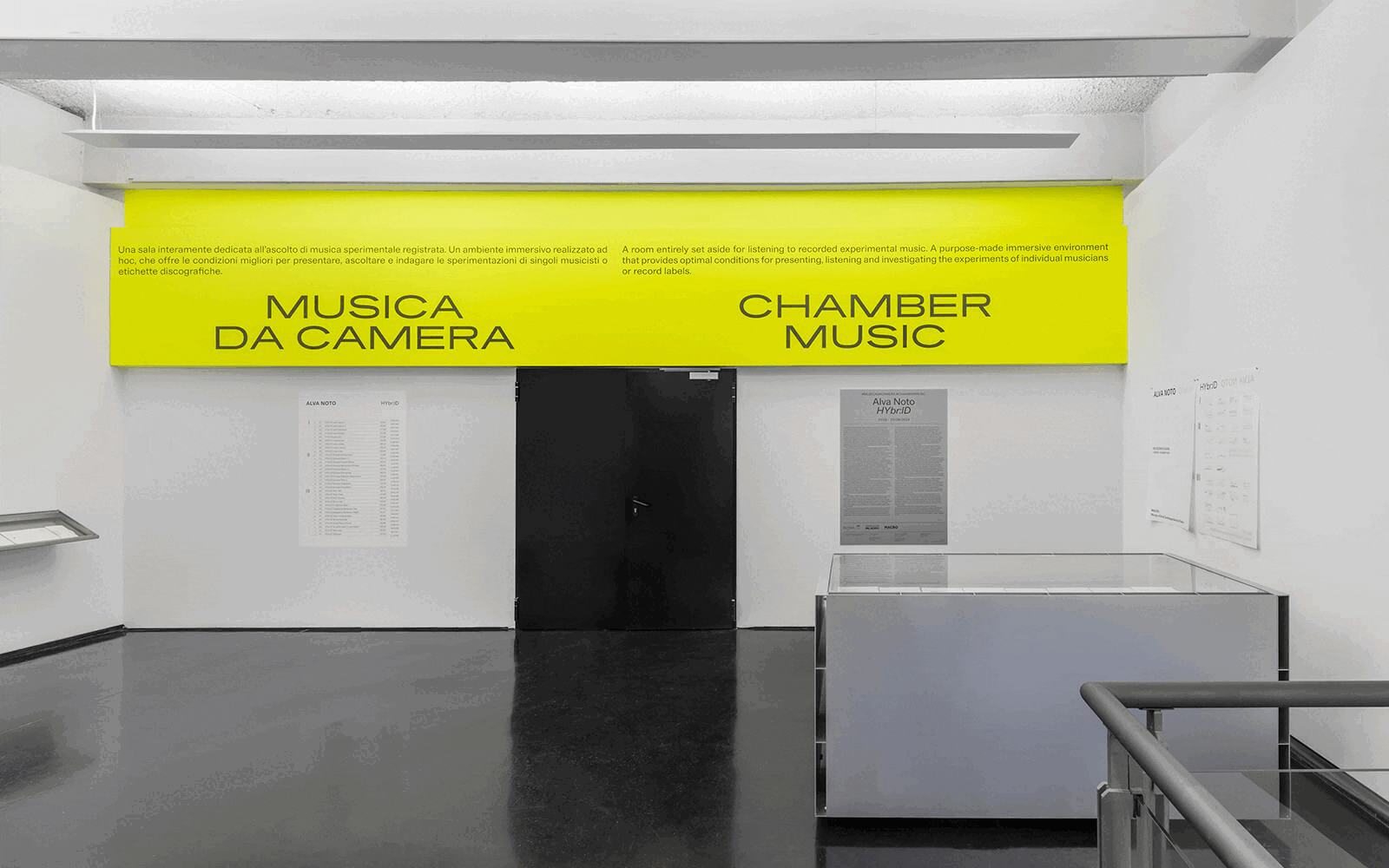
Tristan Perich
Pseudorandom
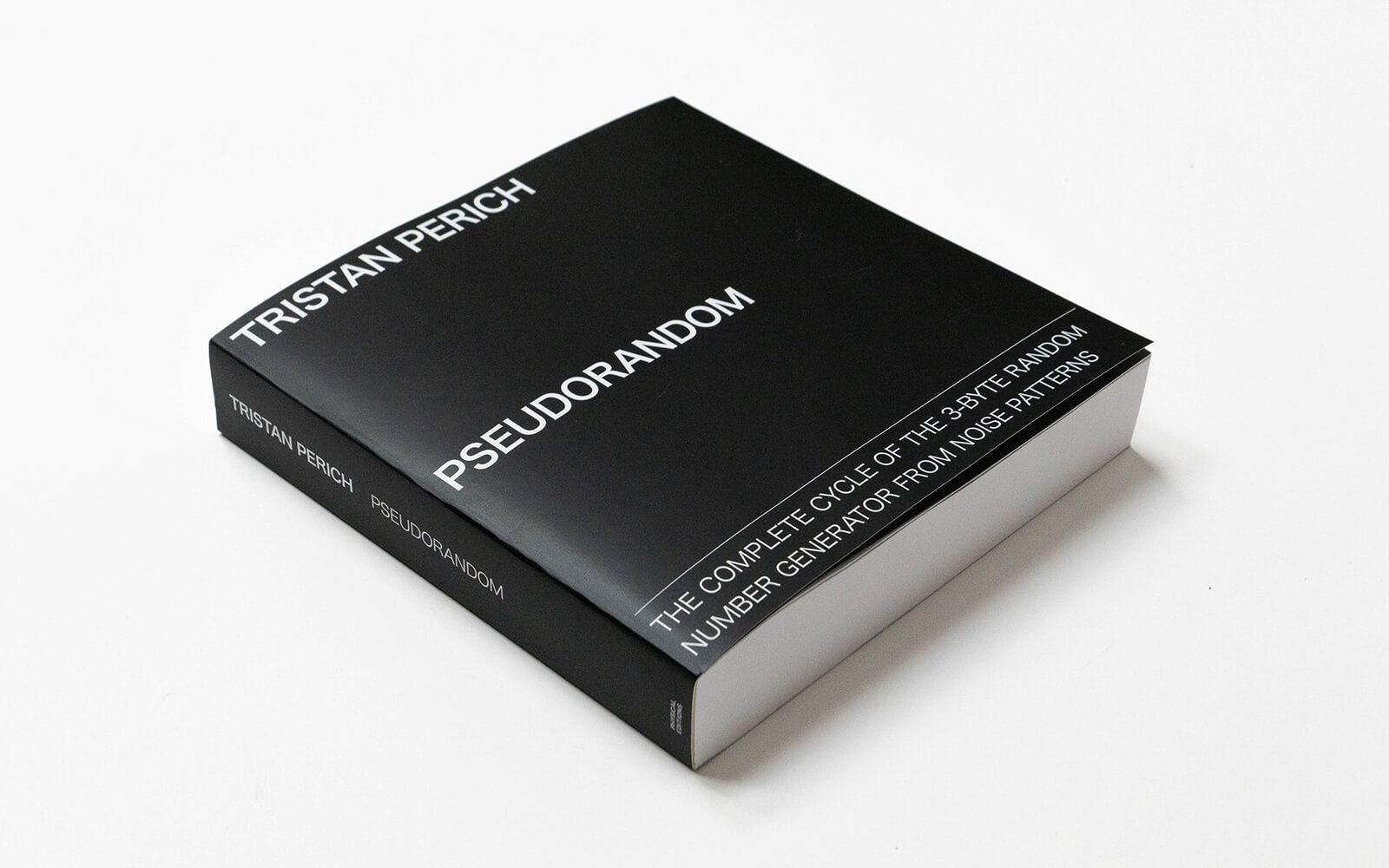
“SOUND MACHINES,” a show exploring the untapped sonic potential of NFTs, opens on Feral File. Curated by MoMA, it features 0xDEAFBEEF, American Artist & Tommy Martinez, Danielle Brathwaite-Shirley, Holly Herndon & Mat Dryhurst, and Yoko Ono. Their works playfully introduce sound to tokenized art, as evidenced by 0xDEAFBEEF’s PAYPHONE (2022-, image), which allows collectors to purchase a phone card granting priority access to participate in a performance by the artist.
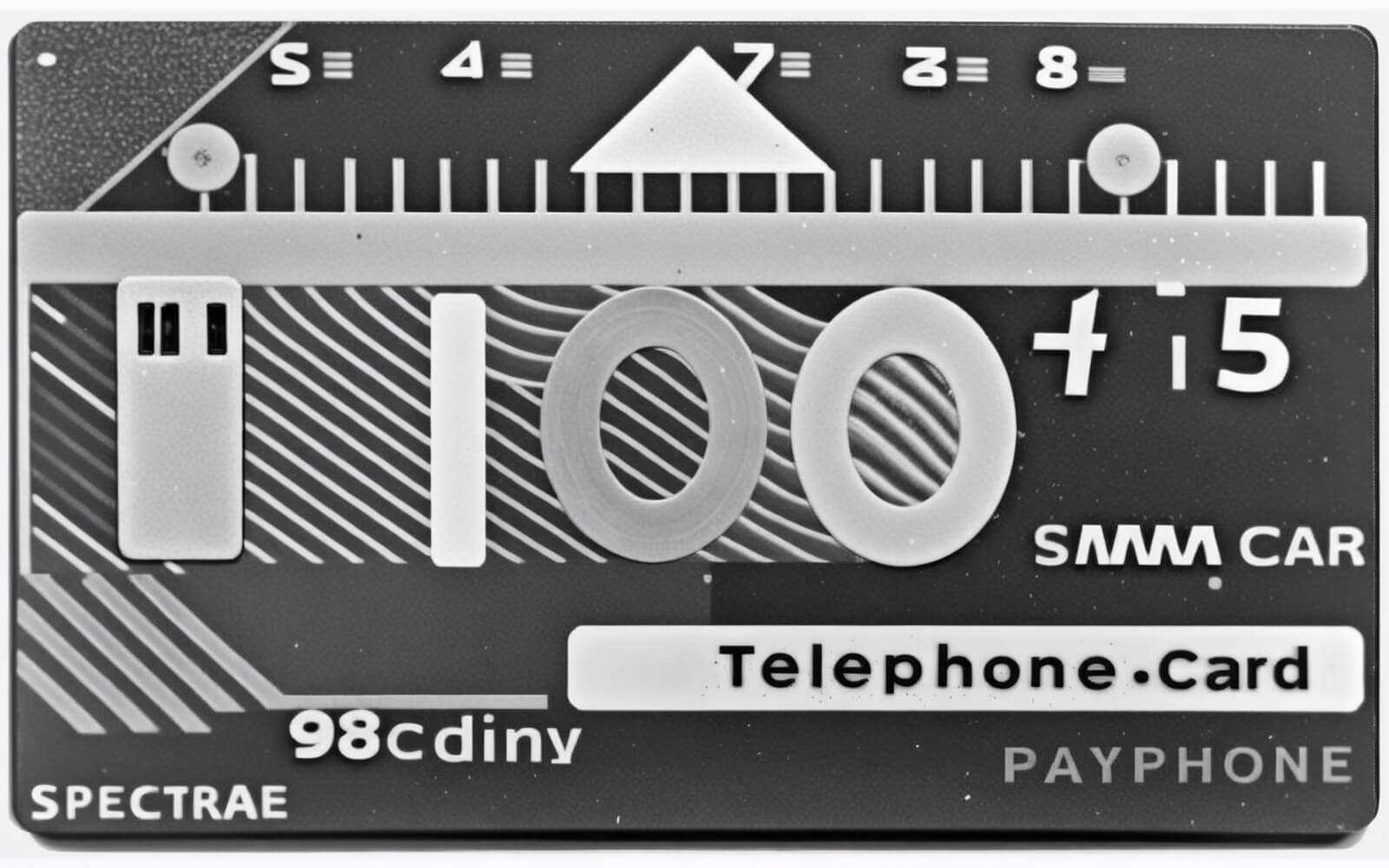
“Many technologies are modelled on our anatomy—they are extensions of us. I wanted to get closer to the sirens, to see them as a ‘circuit of an ear and a mouth, listening out for threat and broadcasting it to the population,’ to quote the film.”
Neural 73
Negotiating Values
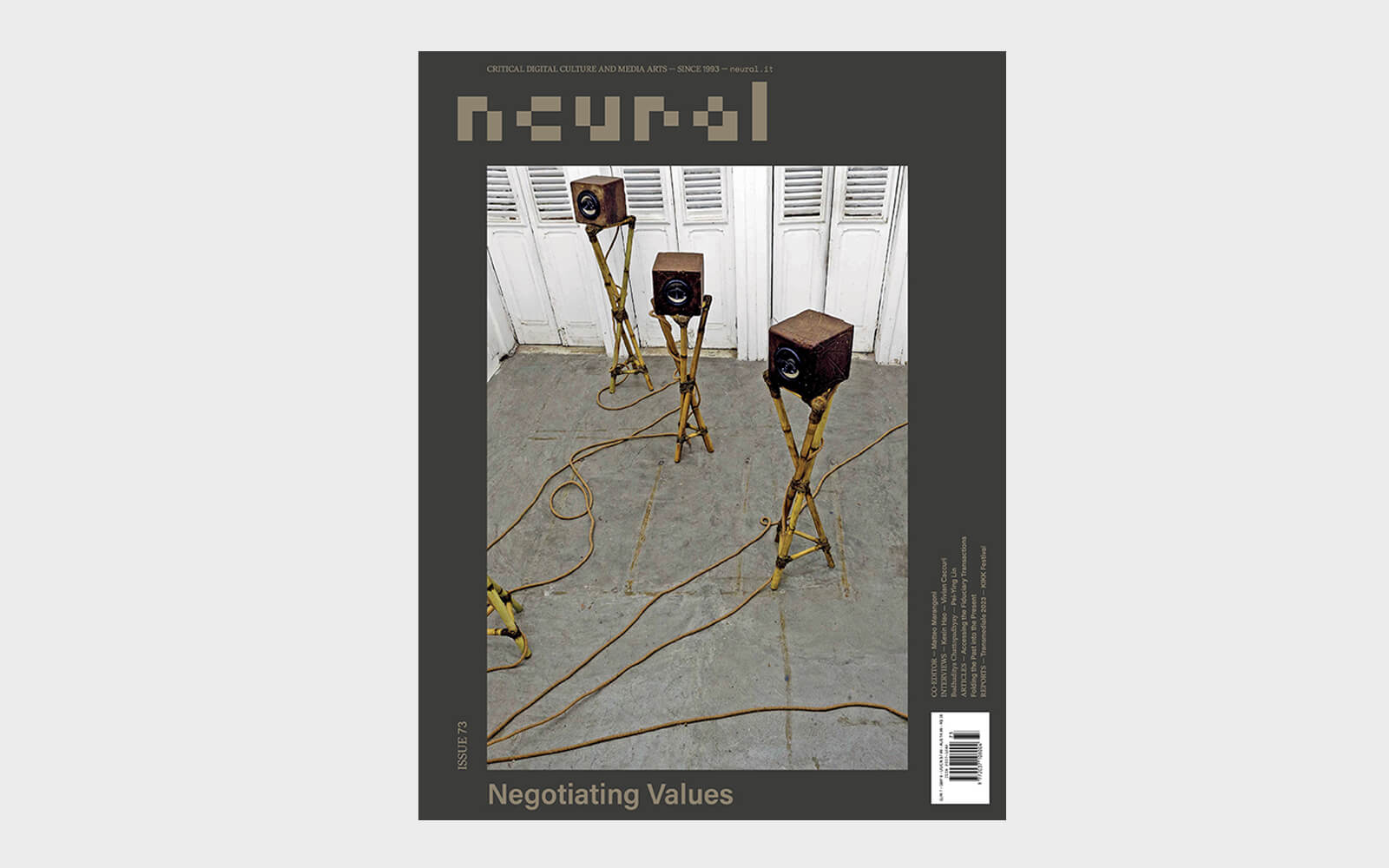
Retro computing blogger Josh Renaud reports the recovery of long-lost algorithmic music software developed by American-Israeli inventor and cartoonist Yaakov Kirschen in 1986. Magic Harp was a set of six thematic music disks to be bundled with the Commodore Amiga, each dedicated to a different genre. Found was a beta version of “baroque,” where a Bach-like “artificial personality” conducts digital organs and spinets (image). After the deal with Commodore fell through, Kirschen’s innovations were largely lost to obscurity.
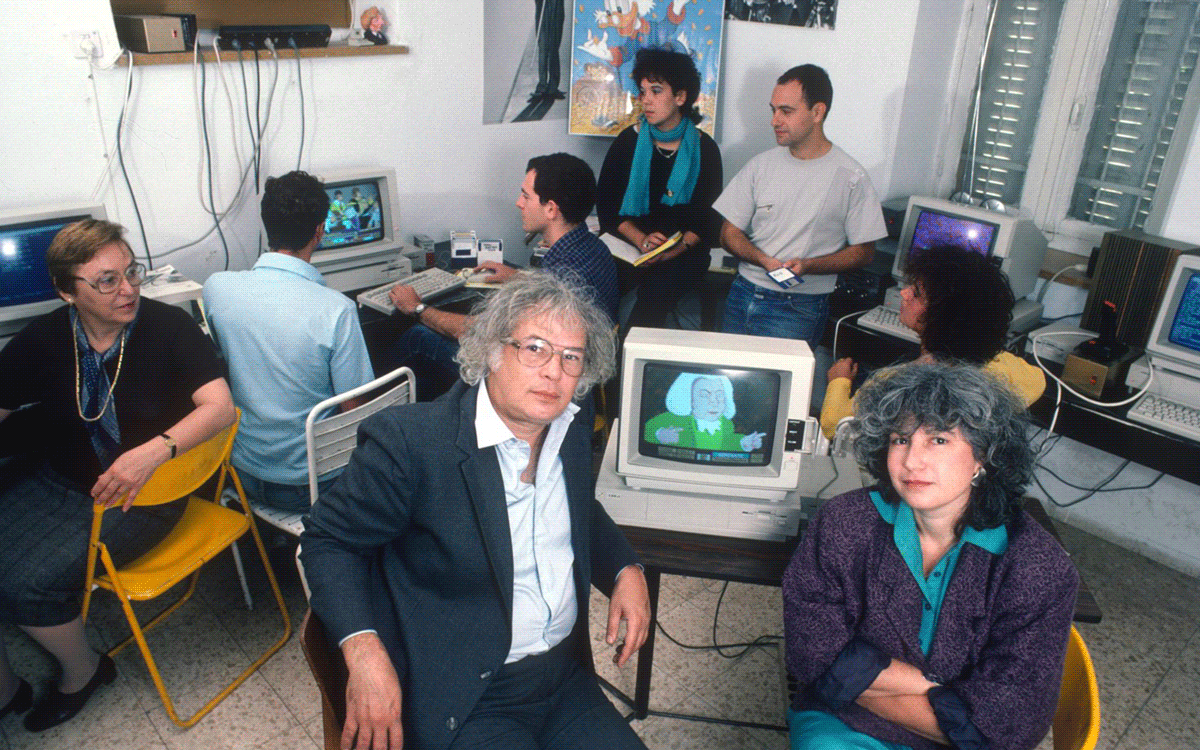
“The deluge of automation will amplify whatever it is pointed at. If we continue to value engagement above all else it will excel at facilitating 24-hour content avatars, sophistry, and distracting novelty.”
Exploring sound across the ages (and over the Atlantic Ocean), “Resonaciones. An embrace to awake” opens at IFA Gallery Stuttgart. Inspired by the ancient Peruvian whistling vessels in the Linden Museum collection, the Institut für Auslandsbeziehungen presents art and environments by artists and culture workers Carolina Arévalo, Francisca Gili, Nicole L’Huillier, and Bettina Korintenberg that weigh the impact of colonialism and how soundscapes function as “a living and permanently changing archive.”
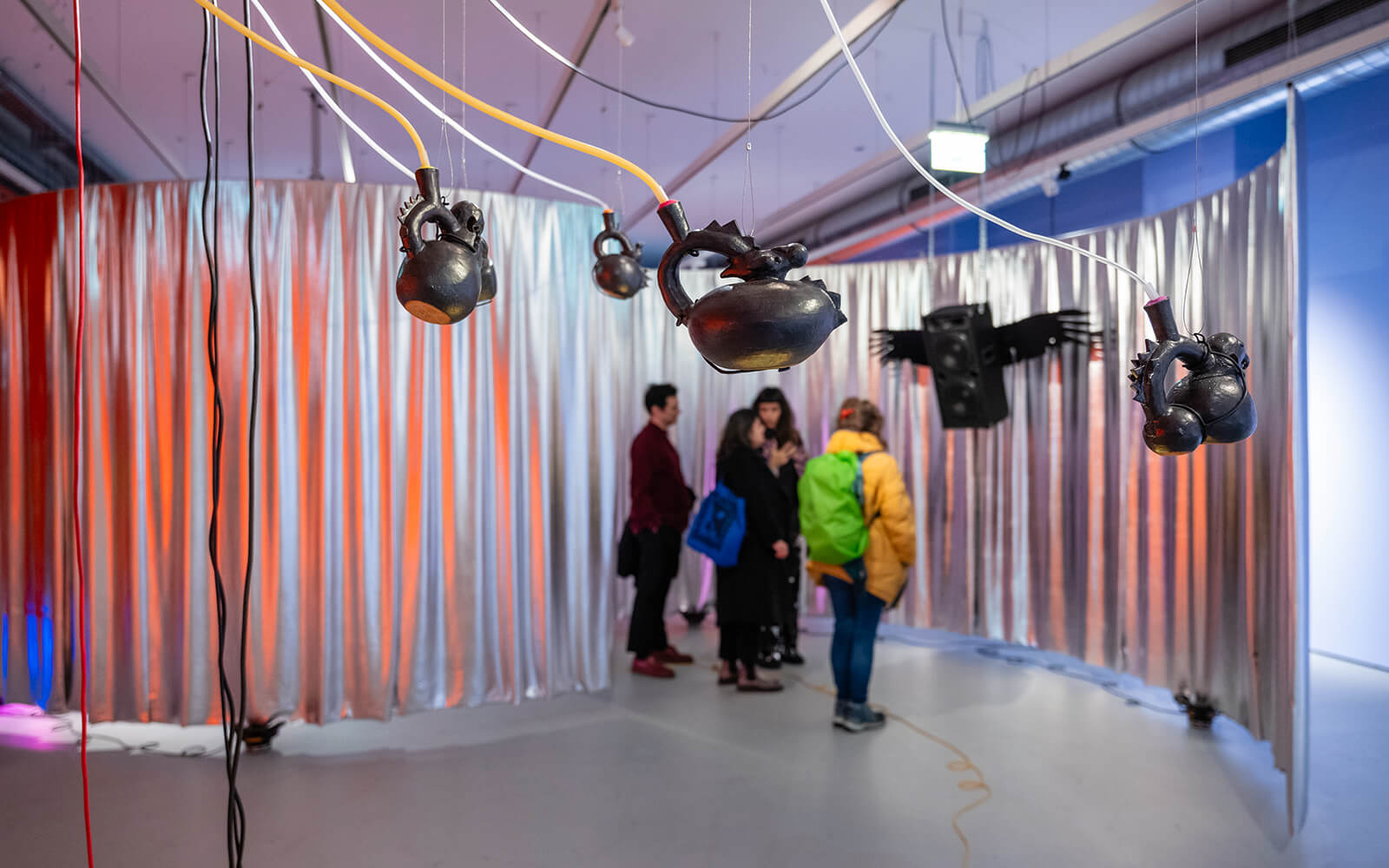
Coinciding with the 8th edition of the ACT Festival, “Planetary Pulse,” a showcase of the Asia Culture Center’s (ACC) residency program opens in Gwangju (KR). Featured are artists including Ahram Jeong, Su Jin Bae and Jonathan Lemke, Kim Joon, Matt Gingold (image: The Absent Orkestra, 2023), and Inhwa Yeom, who were selected from a pool of 340 applicants from 46 countries. Presented in conjunction with the ACC Sound Lab, the show focuses on soundscape and a “postcolonial analysis of the notion of listening.”
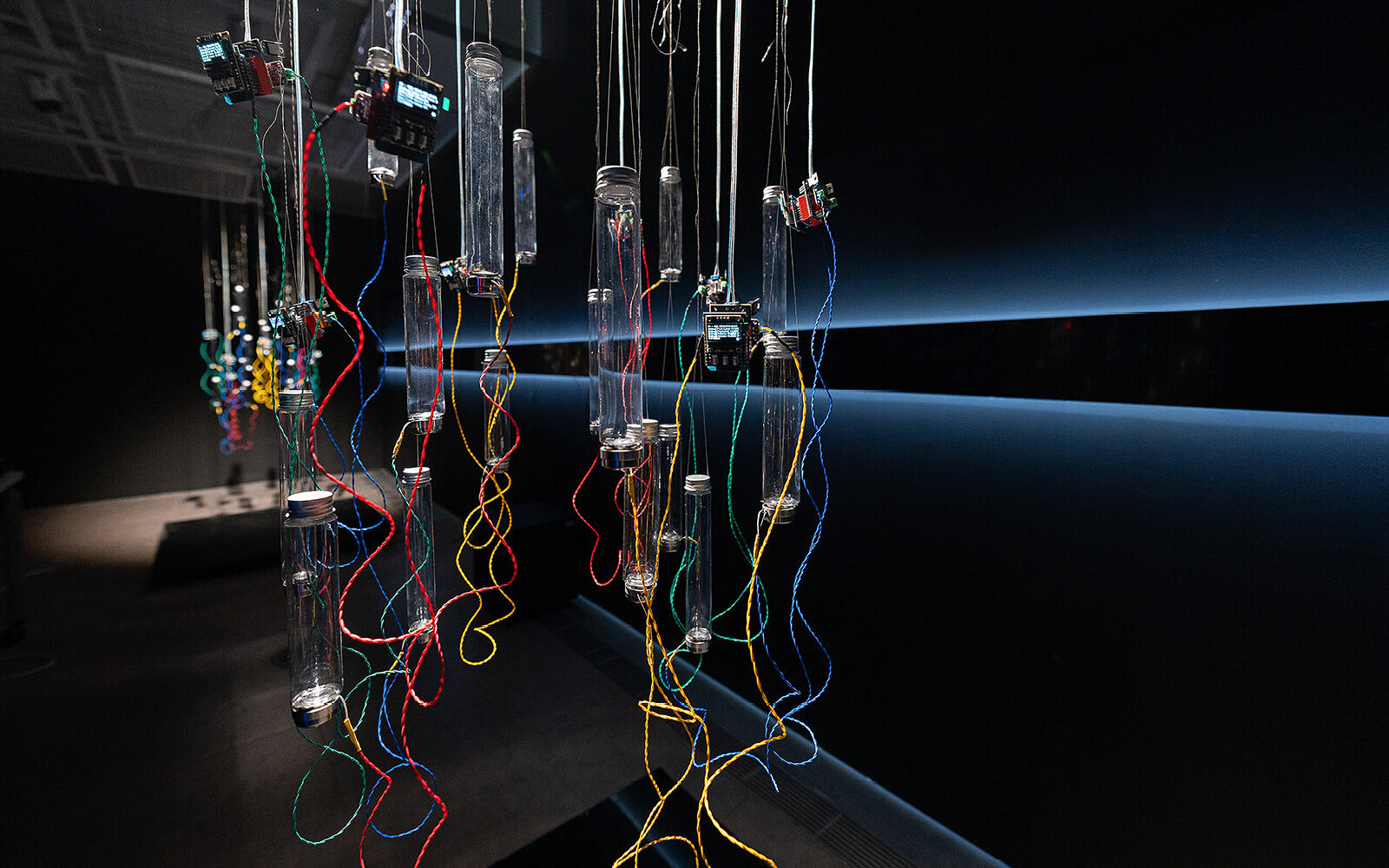
“Situated Listening,” an exhibition by Hong Kong-based composer and sound artist Samson Young, opens at Kestner Gesellschaft in Hannover (DE). Featured are The Travelers and the Listeners (2023), a collage of musical films inspired by a Walter de la Mare poem, and Variations of 96 Chords in Space (2023, image), a video installation in which a palette of 96 colours (each linked to a chord played by violist William Lane) blur across screens “in endless combinations, largely systematic, partly arbitrary.”
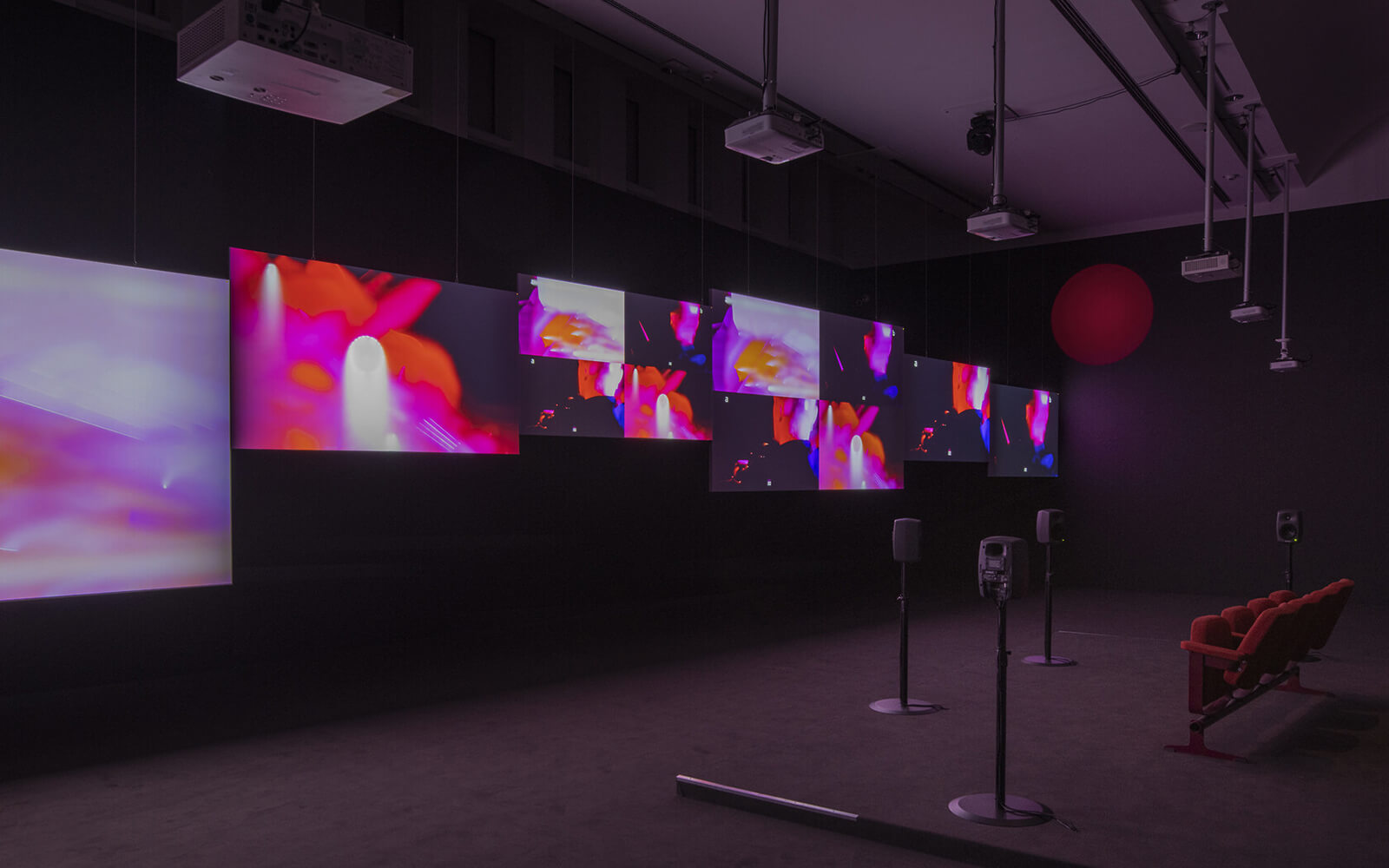
Polish artist Krzysztof Wodiczko’s permanent installation Voices of Memory (2023, image) opens in the Hall of Remembrance at Warsaw Insurgents Cemetery. A memorial to the 1944 Warsaw Uprising, in which 150,000 civilians and 18,000 insurgents died during a revolt against occupying German forces, it “expresses opposition to all armed conflicts.” In the piece, Wodiczko presents audio of survivors’ testimonials and syncs their traumatic recollections with projections of flickering flames.
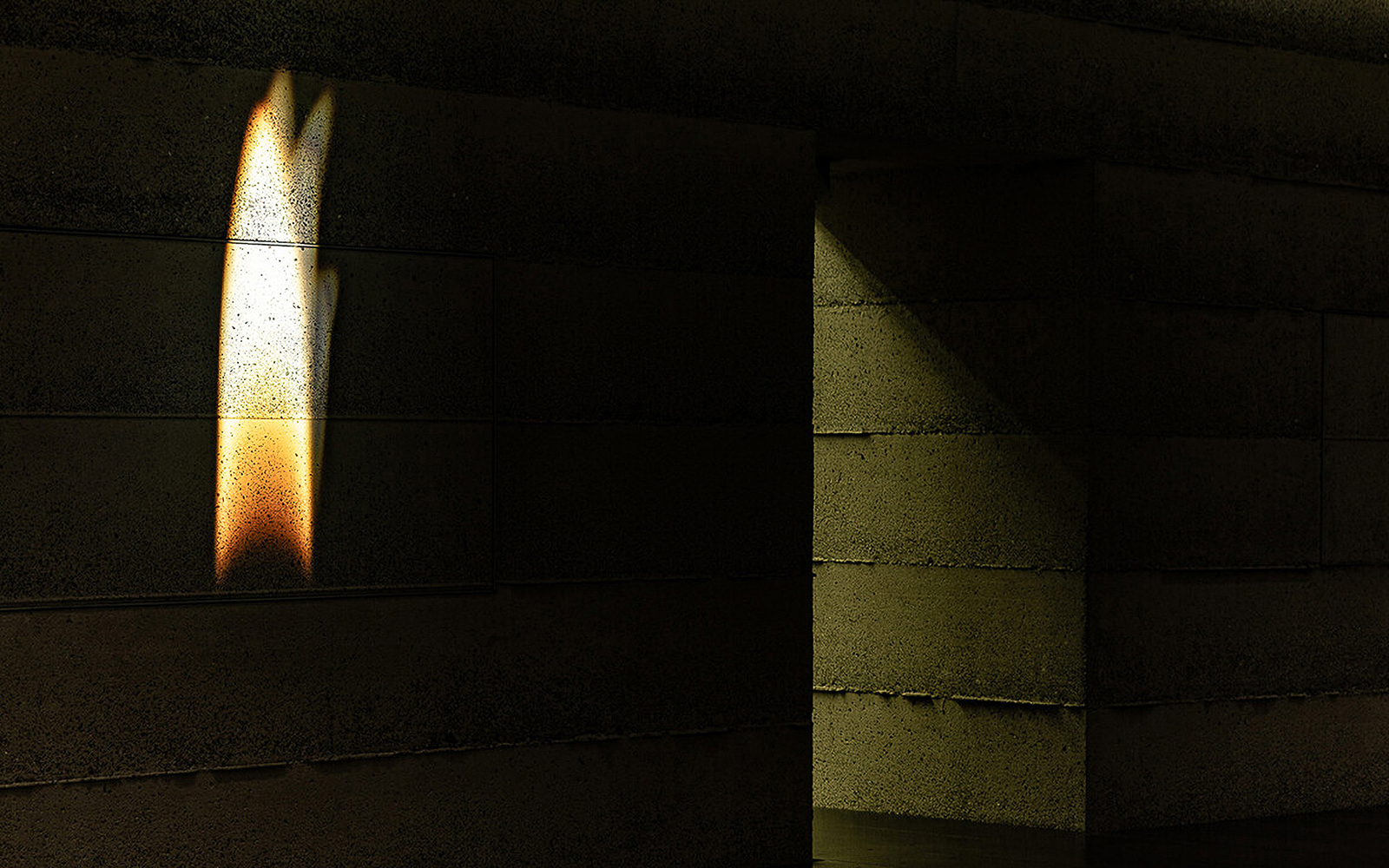
“Alluding to the physical laws of propagation of light particles and sound waves,” Carsten Nicolai’s solo show “Strahlen / Raggi” opens at the Fondazione Modena Arti Visive (FMAV) in Modena (IT). Displayed are tributes to the German artist’s late friend and collaborator Ryuichi Sakamoto, a Geiger counter-driven reinterpretation of a Japanese Zen garden, and a pair of installations where sound causes water in rotating parabolic basins to ripple—cleverly warping reflected light (image: reflektor distortion, 2016).
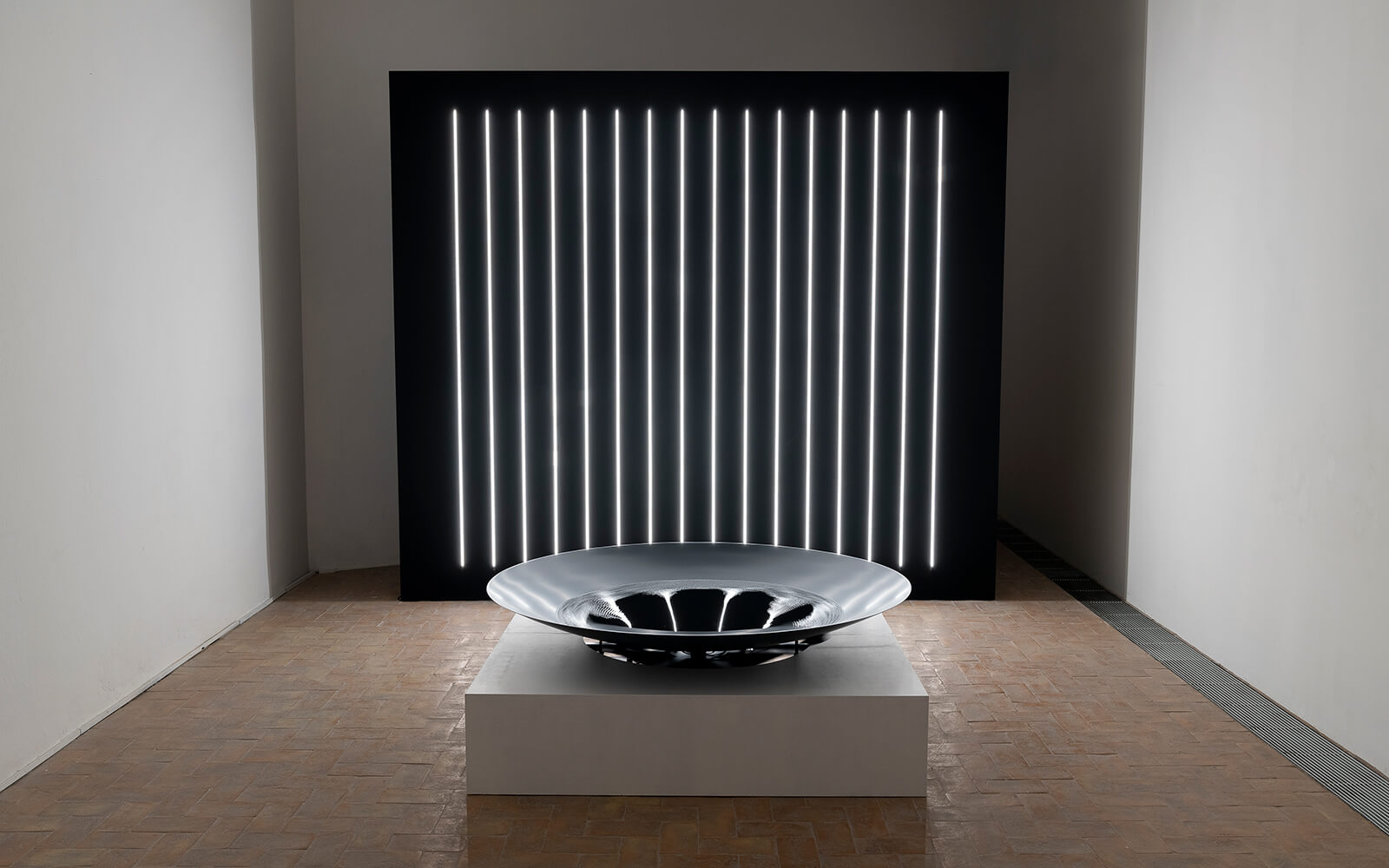
Canadian artists Janet Cardiff & George Bures Miller open their own art space in rural British Columbia (CA) with a retrospective of several of their renowned works. Featured in the raw ‘art warehouse’ are surround sound installations including The Murder of Crows (2008), a dreamlike “film experience that has no film” sonic pastiche, and The Forty Part Motet (2001, image), which famously turns a Salisbury Cathedral Choir performance into an immersive, embodied, and transcendent listening experience.
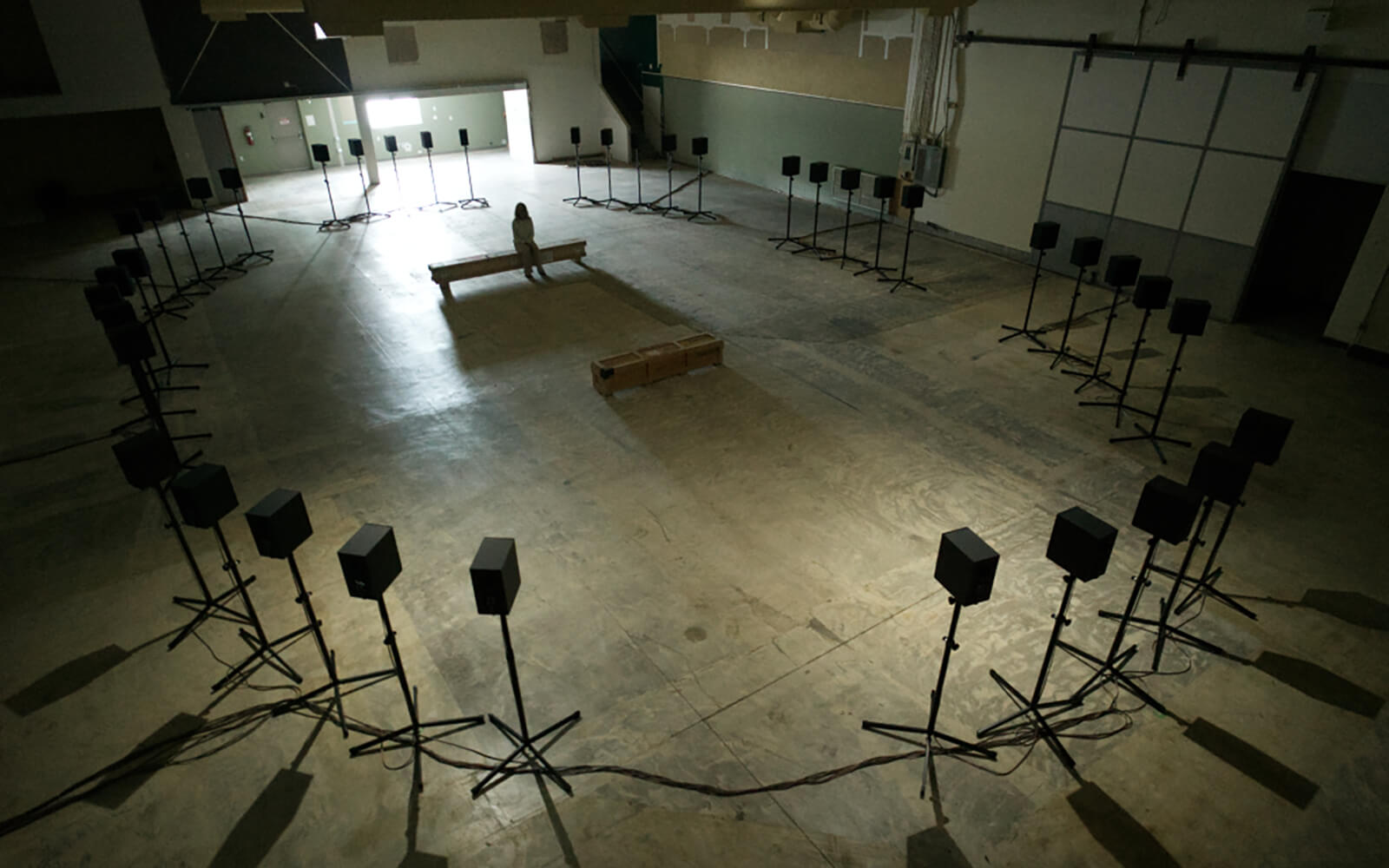
Field Observatory, a “site-sensitive” installation by Finnish artist Teemu Lehmusruusu opens in Kirjurinluoto park in Pori (FI). Inspired by the root systems of alfalfa and other plants, Lehmusruusu’s “underground weather station” monitors underlying soil conditions and translates that data into a generative animation and soundscape. Drawing on dialogue with farmers and researchers developing carbon farming practices, the installation is a “portal into the volumes of the ground.”
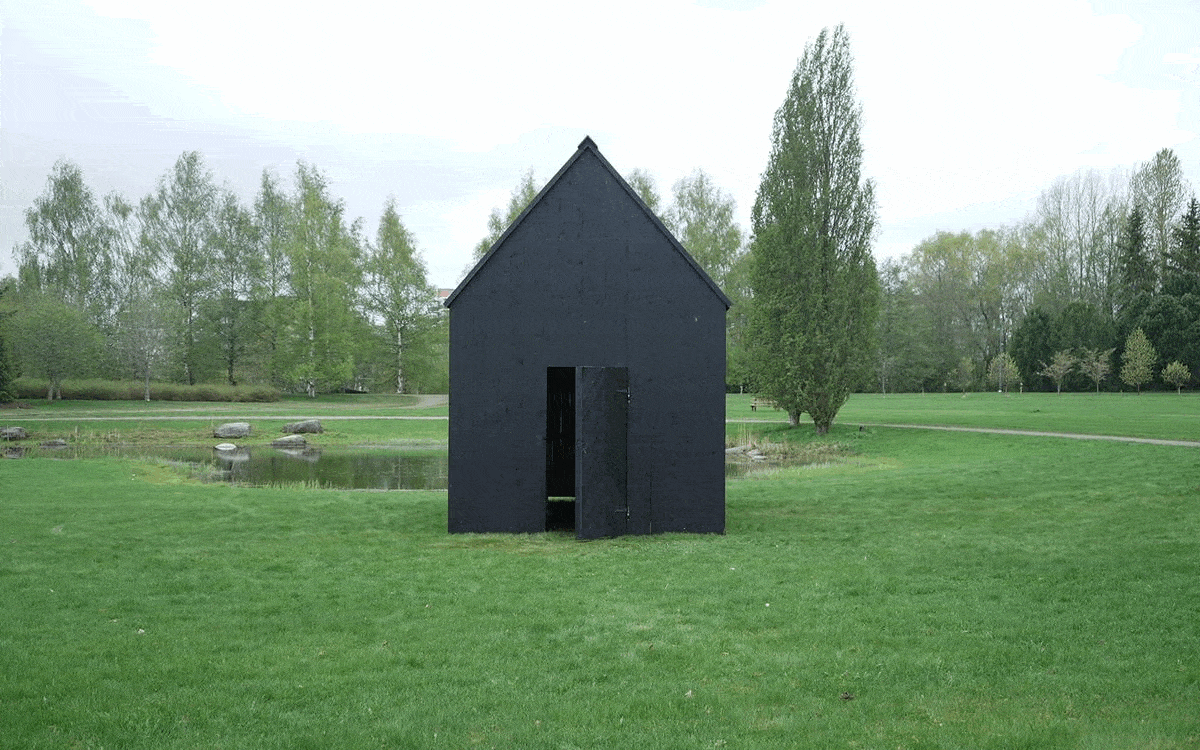
Ars Electronica announces the 2023 winners of the prestigious Golden Nica media art prize, awarded in New Animation Art, Digital Musics & Sound Art, AI & Life Art, and other categories. Winning projects, selected from 3,176 submissions, include Atractor Studios and Semántica Productions’ sonification of Colombian agricultural soils, A Tale of Two Seeds (2022), and Winnie Soon’s Unerasable Characters Series (2022, image), that reveals the chilling scale of censorship on China’s biggest social media platform, Weibo.
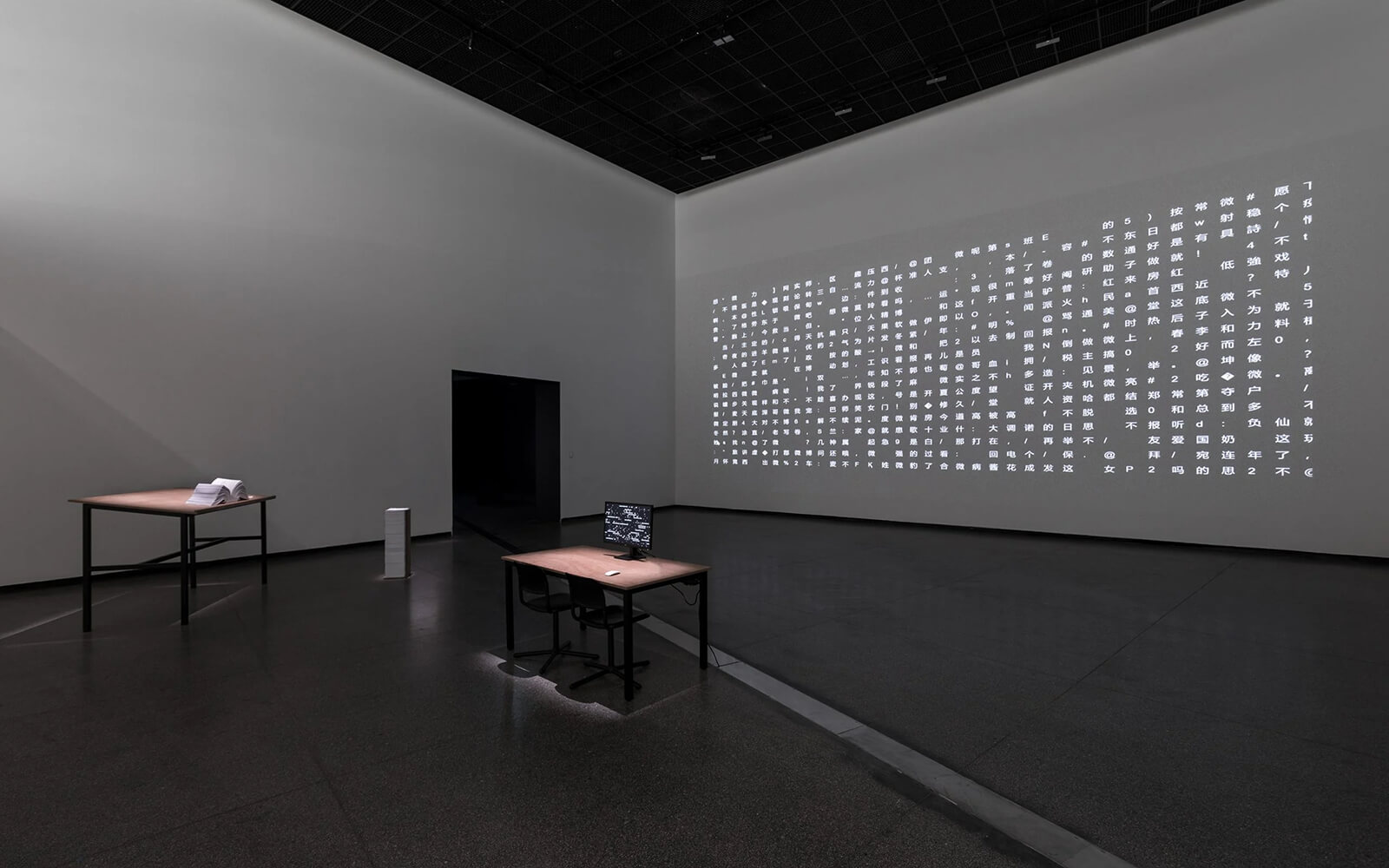
British composer and vintage computer music connoisseur Paulee Alex Bow takes to his Magical Synth Adventure! YouTube channel to revisit obscure software instruments on the Commodore Amiga, a 16bit home computer platform launched in 1985. Introducing viewers to the unique capabilities of the system’s 4-channel sound chip, Paula, Bow demoes a variety of early real-time soft synths including Aegis SONIX (1986, image), Sonic Arranger (1992), and OctaMED (1989-97, “my happy place”) that enthusiasts experiment with to this day.
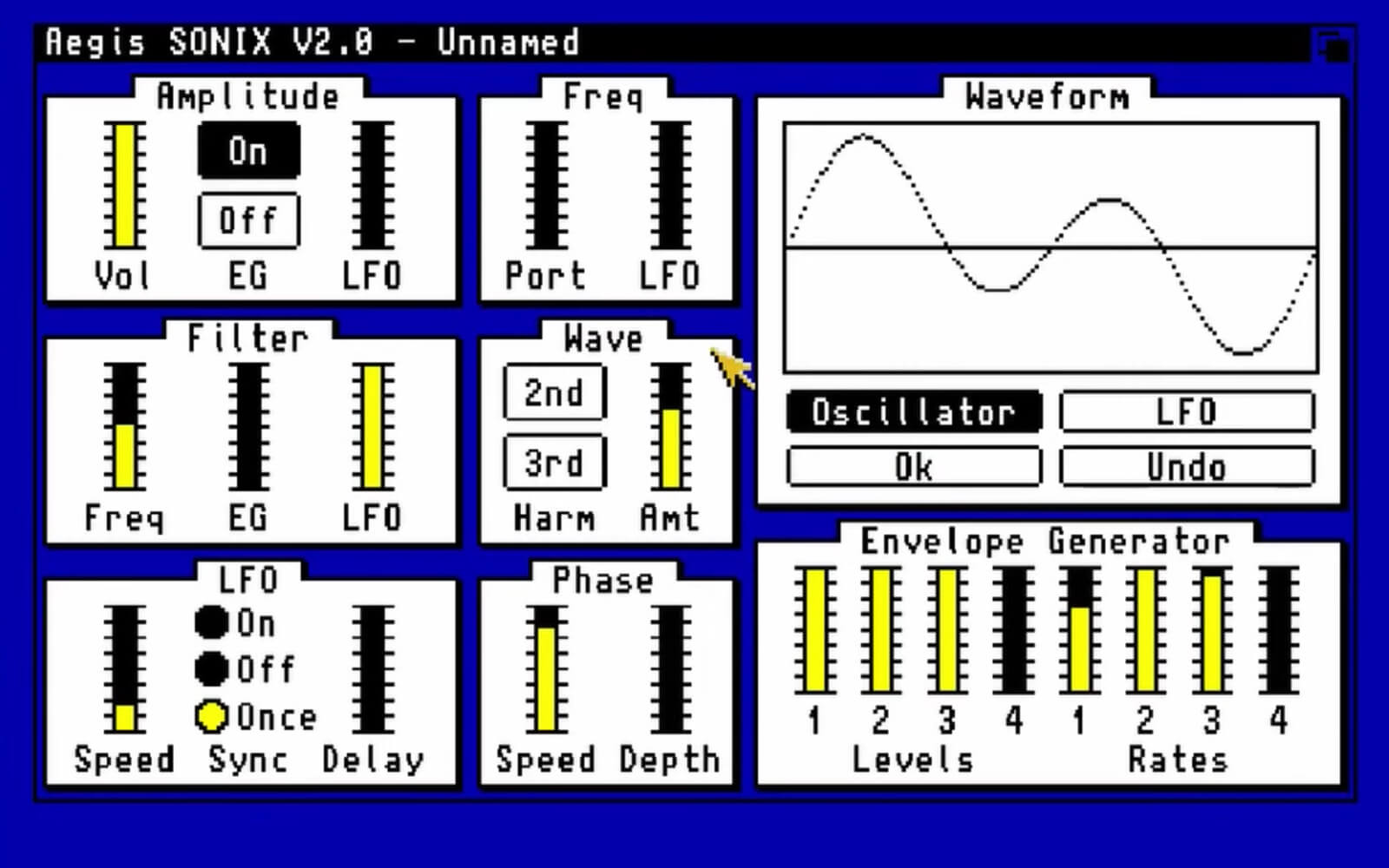
Copenhagen Contemporary opens “Yet, It Moves!,” a city-wide exhibition of art-science encounters that explore the universe’s only constant: movement. Eleven artists including Cecilia Bengolea, Ryoji Ikeda, Black Quantum Futurism, Jakob Kudsk Steensen (image: Tongues of Verglas, 2023), and Jenna Sutela worked with leading researchers through Arts at CERN, ModLab, DARK, and the IMC to express phenomena like black holes, star formation, and gravitational waves as 3D animations, VR, AR, sound, and immersive installations.
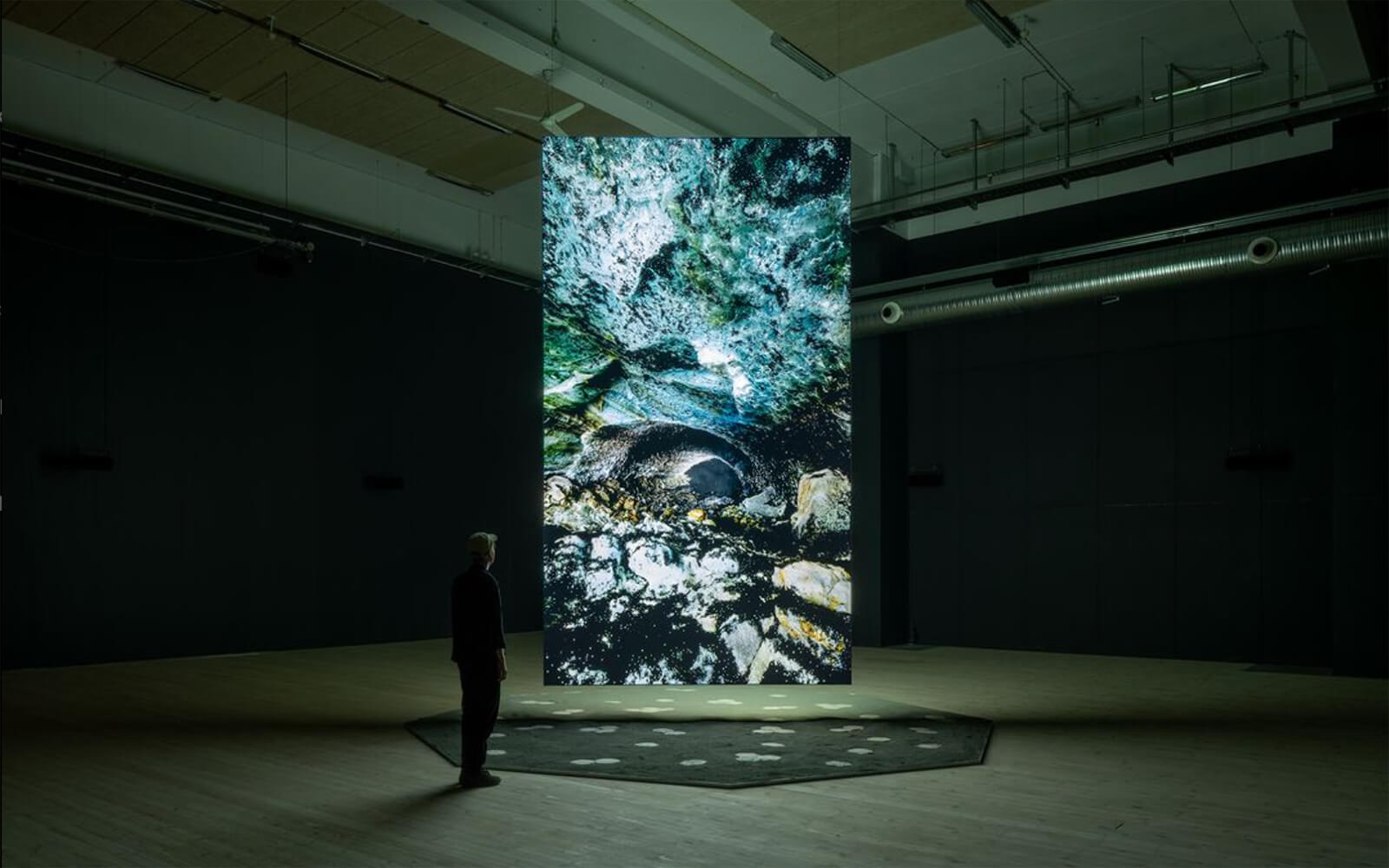
LaMont Hamilton’s sound installation To Hear the Earth Before the End of the World (2023) opens at Alaska’s Anchorage Museum, immersing visitors in sonicifications of the five planetary systems: the geosphere, biosphere, cryosphere, hydrosphere, and atmosphere. Building on years of research to gain “a ground-zero understanding of our changing Earth,” the American multi-disciplinary artist added a new chapter drawing on field recordings made during a 2022 residency with the museum.
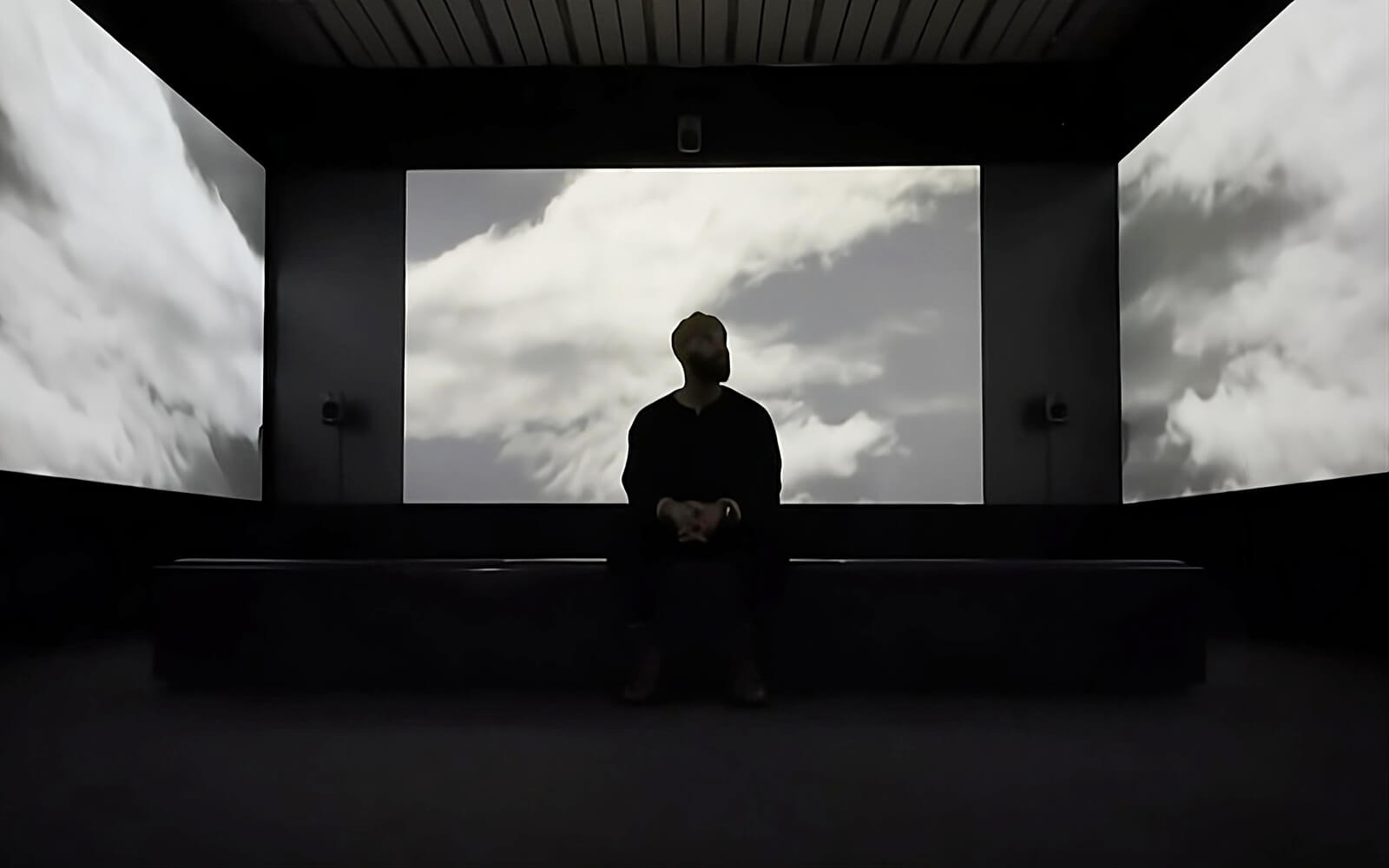
Daily discoveries at the nexus of art, science, technology, and culture: Get full access by becoming a HOLO Reader!
- Perspective: research, long-form analysis, and critical commentary
- Encounters: in-depth artist profiles and studio visits of pioneers and key innovators
- Stream: a timeline and news archive with 1,200+ entries and counting
- Edition: HOLO’s annual collector’s edition that captures the calendar year in print
